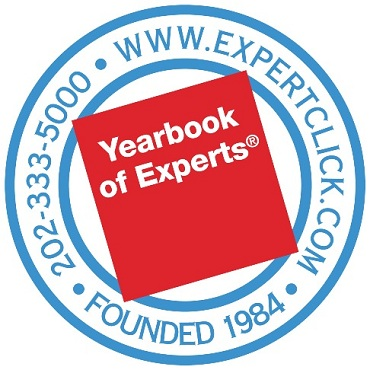Stop Losing Where You Should be Winning

Losing customers is an age-old problem in sales. But in today’s marketplace—at a time when prices are climbing and supply chains are tight—this issue has grown both in intensity and impact. Sadly today, I’m seeing businesses large and small losing some of their most loyal, most profitable customers.
It’s an expensive, tragic mistake.
Not only are these loses almost always preventable, they’re happening for different reasons than what salespeople tell themselves. They console themselves with excuses, such as: “We lost the account because of a merger/acquisition.” Or “Because a competitor gave them a better price.” Or “Because there was a change in internal management.” But in fact, it all points to a deeper issue: a single point of contact became a single point of failure in an account.
Every time I see a lost account, I see a sales team that got complacent. They dialed back in precisely the area where they needed to be doubling down: the perpetual work of building greater visibility and more contact points within their client’s organization. Let’s look at how you can turn things around, safeguard against losses, and get back to growing again.
How to Safeguard Against Losses and Grow Again
STOP PRETENDING
There’s no ideal buyer out there anymore: stop pretending otherwise. As I talk about in my new book, Right on the Money, you must focus on the principles of what I call Critical Mass Influence. Engage all four actionable steps for building better, more dynamic relationships: (1) connect with new people within the organization, (2) treat every part of your customer’s organization as a potential profit center, (3) keep showing up where you’re already known, and (4) keep connecting with all the insiders who have the ear of your buyer.
START CONNECTING
Recognize that much more activity going on in your customer’s organization than just what the buyer is responsible for. There’s a host of people in there who directly influence those buying decisions. A client of mine refers affectionately to those people as “spies.” They are quite willing to give you valued information you’re seeking. But only if you build rapport with them first, and then ask them what you’re looking for.
BE INCLUSIVE
Don’t go over someone’s head, or around your buyer sneakily within an organization just to make a new connection. Engage fully (and kindly) at every level of the organization chart. Advisors and spies come in many forms. And the more generous you are with your inclusivity efforts, the more likely you are to build a solid network that yields valuable insight and information. People remember how they’re treated by others, so treat everyone well, and give them the choice to be included in your dialogue with others.
MAKE A MAP
When you’re on the outside looking in, it takes legwork to understand fully who does what within a customer’s organization. Go beyond just having an org chart in your back pocket: you must create a map. That means asking probing questions about who is second in command on a particular file. Who are the likely successors to a current leader within a group? How are buying decisions made internally? Who does your buyer and their team lean on for advice? Who does your buyers serve inside their own organization? The answers to these questions give you everything you need to build a more informative understanding of how decisions get made within your customer’s business.
ASK MORE
You must ask more questions and be willing to ask others for help. Once you’ve built better rapport with more contacts within the customer’s organization, ask: “Can you help me better understand your organization chart?” Reach out with an invitation to conduct a quarterly business review. Again, do this by asking questions, such as: “Could we bring in a few members from our team to meet with your purchasing group to build better cross-functional relationships?”
PARTICIPATE MORE
A client of mine in the education software business integrates sellers on the ground floor of every onboarding project they undertake. As their top-ranked seller shared with me: “This place is the start of my personal relationship with the buyer’s direct reports and stakeholders.” That seller always shows up at every training session, because it gives them exclusive access to a range of new faces who might otherwise never be available or accessible.
Lost clients are never the result of factors completely outside of your control. As a seller or as a leader of sellers, you set the terms by which you connect and interact with your customers. Be complacent at your peril! Instead, practice the ABCs of good client management: Always Be Connecting.
About SAC
The Society for the Advancement of Consulting (SAC) is the premier association for independent consulting professionals who subscribe to an industry code of ethics and provide significant consulting results among their clients. Founded by Million Dollar Consulting guru Alan Weiss in 2003, SAC offers a series of in-person and online programs to help consultants share best practices and learn from industry experts and thought leaders in the business world. SAC today has members in 14 countries around the world. For more information, go to https://www.consultingsociety.com, email info@consultingsociety.com, or call (909) 563-1803.
For more information, go to http://www.consultingsociety.com, email info@consultingsociety.com, or call (909) 563-1803.
source http://www.expertclick.com/NewsRelease/Stop-Losing-Where-You-Should-be-Winning,2022277542.aspx
Comments
Post a Comment